Filter by
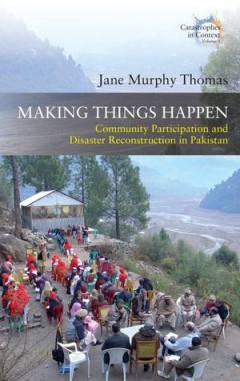
Off-Canon pleasures - a case study and a perspective
The inclusion of works in a canonical list creates a large body of exclusions. But among these neglected works there are not a few that nevertheless are worth reading. Literary worth is not necessarily aesthetic impeccability. A literary work recommends itself by a high degree of artistic achievement with elbowroom for historical importance. The present study focuses on Leo Rosten’s immigrati…
- Edition
- -
- ISBN/ISSN
- 9783941875951
- Collation
- -
- Series Title
- -
- Call Number
- -
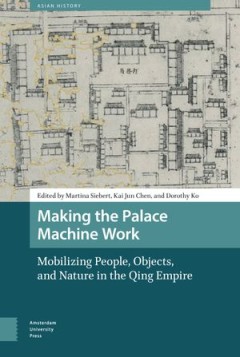
Of Reynaert the Fox: Text and Facing Translation of the Middle Dutch Beast Ep…
The mid thirteenth-century Dutch beast epic Van den vos Reynaerde is a fascinating reworking of the most popular branch of the Old French Roman de Renart and one of the finest examples of this popular genre, consisting of a lengthy cycle of animal tales which provided a satirical commentary on human society. Featuring the archetypal sly fox, the epic is also one of earliest examples of a longer…
- Edition
- -
- ISBN/ISSN
- 9789089640246
- Collation
- -
- Series Title
- -
- Call Number
- -
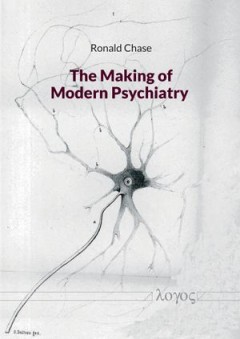
The Novel Map: Space and Subjectivity in Nineteenth-Century French Fiction
Focusing on Stendhal, Gérard de Nerval, George Sand, Émile Zola, and Marcel Proust, The Novel Map: Mapping the Self in Nineteenth-Century French Fiction explores the ways that these writers represent and negotiate the relationship between the self and the world as a function of space in a novel turned map.With the rise of the novel and of autobiography, the literary and cultural contexts…
- Edition
- -
- ISBN/ISSN
- 9780810128668
- Collation
- -
- Series Title
- -
- Call Number
- -
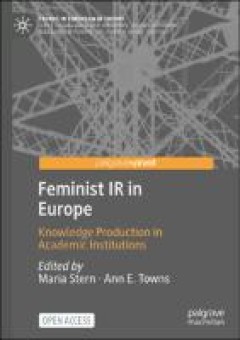
Feminist IR in Europe :knowledge production in academic institutions
The aim of this open access book is to take stock of, critically engage, and celebrate feminist IR scholarship produced in Europe. Organized thematically, the volume highlights a wealth of excellent scholarship, while also focusing on the politics of location and the international political economy of feminist knowledge production. Who are some of the central feminist scholars located in Europe…
- Edition
- -
- ISBN/ISSN
- 9783030919993
- Collation
- ix, 174 p.
- Series Title
- -
- Call Number
- 327.0704 STE f

Novel Districts: Critical Readings of Monika Fagerholm
"Finland-Swedish writer Monika Fagerholm is one of the most important contemporary Nordic authors. Her experimental, puzzling and daring novels, such as Underbara kvinnor vid vatten (1994) and Den amerikanska flickan (2004), have attracted much critical attention. She has won several literary awards, including the Nordic prize from the Swedish Academy in 2016; her works have travelled across na…
- Edition
- -
- ISBN/ISSN
- 9789522227560
- Collation
- -
- Series Title
- -
- Call Number
- -

The Novel in the Spanish Silver Age: A Digital Analysis of Genre Using Machin…
What distinguishes an adventure novel from a historical novel? Can the same text belong to several genres? More to one than to another? Have some existing genres been overlooked? To answer these and similar questions, José Calvo Tello combines methods from Linguistics (lexicography), Literary Studies (genre theory), and Computer Science (machine learning, natural language processing). Located …
- Edition
- -
- ISBN/ISSN
- 9783839459256
- Collation
- -
- Series Title
- -
- Call Number
- -

The Cinema of Mika Kaurismäki: Transvergent Cinescapes, Emergent Identities
Mika Kaurismäki's films challenge many boundaries – national societies, genre formations, art/popular culture, fiction/documentary, humanity/nature and problematic distinctions between different zones of development. Synthesizing concepts from a range of thematic frameworks – e.g. auteurism, eco-philosophy, genre, cartography, cineaste networks, global reception, distribution a…
- Edition
- -
- ISBN/ISSN
- 9781841504094
- Collation
- -
- Series Title
- -
- Call Number
- 791.43 KAA c
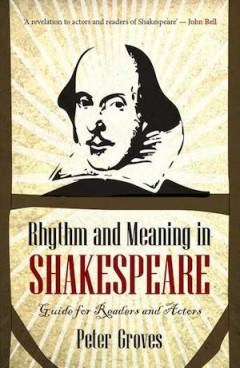
Rhythm and Meaning in Shakespeare: A Guide for Readers and Actors
How did Shakespere intend that his plays be read? Rhythm and Meaning in Shakespeare explores the rhythmical organisation of Shakespeare's verse and how it creates and reinforces meaning both in the theatre and in the mind of the reader. Because metrical form in the pentameter is not passively present in the text but rather something that the performer must co-operatively re-create in speaking i…
- Edition
- -
- ISBN/ISSN
- 9781921867811
- Collation
- -
- Series Title
- -
- Call Number
- 790 GRO s
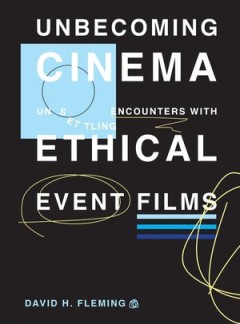
Unbecoming Cinema: Unsettling Encounters With Ethical Event Films
Unbecoming Cinema constitutes a welcome addition to texts that provide a film-philosophical perspective on films that otherwise take on and involve difficult subject matter, including in this case suicide, autistic worldviews, hallucinatory aesthetics and vomit-gore. The book in effect argues successfully and intelligently that even though hard to watch, many of these films can provide for view…
- Edition
- -
- ISBN/ISSN
- 9781783207756
- Collation
- -
- Series Title
- -
- Call Number
- 791.43 FLE u
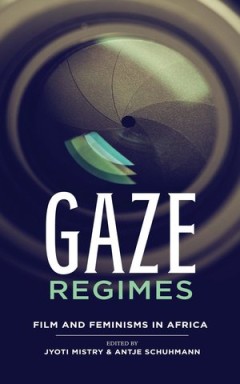
Gaze Regimes: Film and Feminisms in Africa
Gaze Regimes is a bricolage of essays and interviews showcasing the experiences of women working in film, either directly as practitioners or in other areas such as curators, festival programme directors or fundraisers. It does not shy away from questioning the relations of power in the practice of filmmaking and the power invested in the gaze itself. Who is looking and who is being looked at, …
- Edition
- -
- ISBN/ISSN
- 9781868146888
- Collation
- -
- Series Title
- -
- Call Number
- 791.43 GAZ g
 Computer Science, Information & General Works
Computer Science, Information & General Works  Philosophy & Psychology
Philosophy & Psychology  Religion
Religion  Social Sciences
Social Sciences  Language
Language  Pure Science
Pure Science  Applied Sciences
Applied Sciences  Art & Recreation
Art & Recreation  Literature
Literature  History & Geography
History & Geography